|
Tuesday, December 7, 2010
Medieval Props
Medieval Clothing
There certainly were other people besides knights who wore regular clothes, not just heavy metal armor and shields. Just like during any other period of time in history medieval clothing came in a variety of styles which were based mainly on class issues. Whether you dressed in coarse abrasive materials that might rub your skin raw or in delicately sewn smooth silks depended solely on how much money you had. The wealthy dressed in finery while the peasants were lucky to have anything to wear at all. They were graceful for whatever clothing they had and the material mattered not to them. What class you belonged to was the deciding factor in how you dressed.
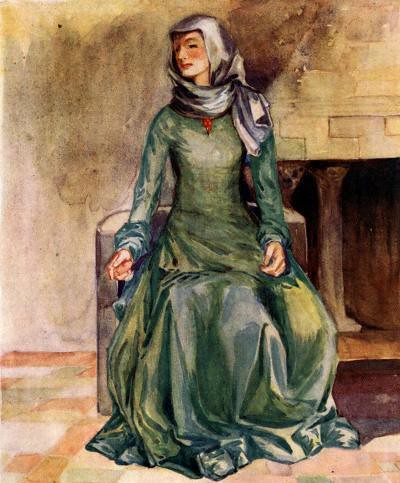
http://lexisproject.arts.manchester.ac.uk/gallery/clothing.html

http://lexisproject.arts.manchester.ac.uk/gallery/clothing.html
Medieval armor and Weapons
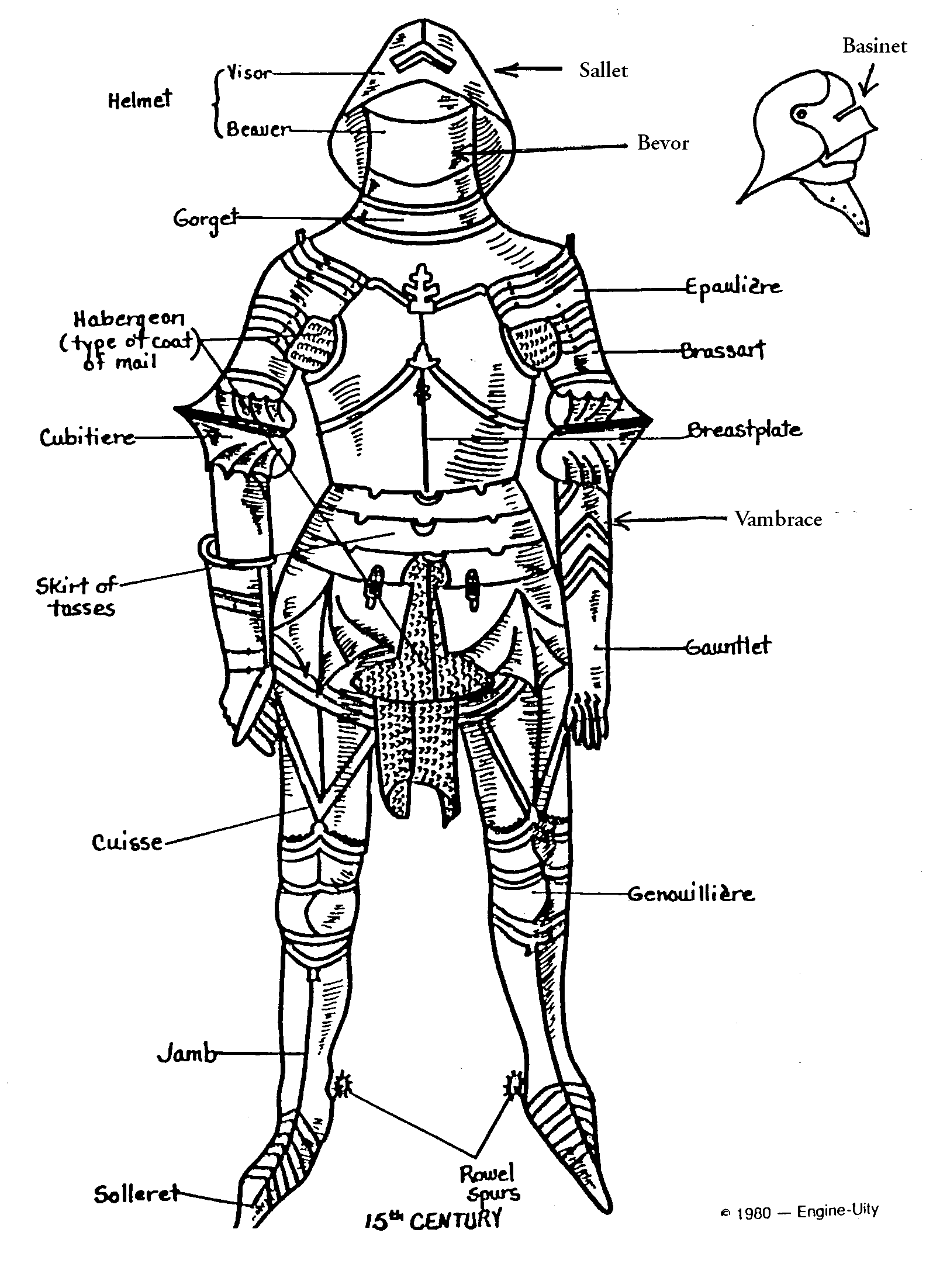
A knight was armed and armored to the teeth. He had so much armor and weapons that he depended on his squire to keep his armor and weapons clean and in good working condition. At first the armor was made of small metal rings called chain mail. A knight wore a linen shirt and a pair of pants as well as heavy woolen pads underneath the metal-ringed tunic. A suit of chain mail could have more than 200,000 rings. However, chain mail was heavy, uncomfortable, and difficult to move in. As time passed, knights covered their bodies with plates of metal. Plates covered their chests, back, arms, and legs. A bucket like helmet protected the knight’s head and had a hinged metal visor to cover his face. Suits of armor were hot, uncomfortable, and heavy to wear. A suit of armor weighed between forty and sixty pounds. Some knights even protected their horses in armor.
A knight also needed a shield to hold in front of himself during battle. Shields were made of either wood or metal. Knights decorated their shields with their family emblem or crest and the family motto.
A knight’s weapon was his sword, which was about thirty-two pounds. It was worn on his left side in a case fastened around his waist. A knife was worn on the knight’s right side. Knights used other weapons in combat as well. A lance was a long spear used in jousts. Metal axes, battle hammers, and maces were also used to defeat the enemy.
http://library.thinkquest.org/10949/fief/medknight.html
Knight Training
Combat/sword training is something that needs to be learned from a professional. Anything that required physical combat involves personal safety, injuries and such could happen if you try to learn combat/sword training on your own. As I've mentioned before, during the medieval times a knight needed to be wealthy to become such a status, but not only that you had to be physically fit as well. Tests were given to people who wanted to become knights. Wearing all those heavy armory was not a a walk in the park, so these tests were given for this exact reason. These videos will show some of the training and information on what it takes to become a skilled combat/sword fighter and the practices that comes with it.

Medieval Settings
There are too many castle designs during the Medieval time to distinguish what type is the best overall. But having too many options to choose from is not a horrible thing. It is always better to work with more options than not enough. Choosing one specific type of castle in making the set design is totally fine, you would definitely get the right idea of re-creating the play because of the fact that you use the correct scales. In a more simpler way it would be the "safe way" to go about doing things. But taking a chance and blending ideas together is an option that could be used as well. It would definitely give the audience something they have not seen before, drawing their attention more.
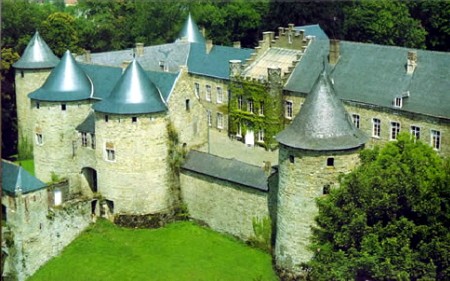

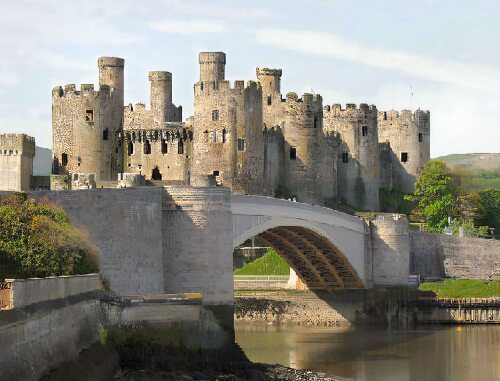

http://resimlerim.seesaa.net/article/140474537.html?googlesorgu=famous%20medieval%20castles%20pictures




http://resimlerim.seesaa.net/article/140474537.html?googlesorgu=famous%20medieval%20castles%20pictures
Medieval Knights
The knight was one of the three types of fighting men during the middle ages: Knights, Foot Soldiers, and Archers. The medieval knight was the equivalent of the modern tank. He was covered in multiple layers of armor, and could plow through foot soldiers standing in his way. No single foot soldier or archer could stand up to any one knight. Knights were also generally the wealthiest of the three types of soldiers. This was for a good reason. It was terribly expensive to be a knight. The war horse alone could cost the equivalent of a small airplane. Armor, shields, and weapons were also very expensive. Becoming a knight was part of the feudal agreement. In return for military service, the knight received a fief. In the late middle ages, many prospective knights began to pay "shield money" to their lord so that they wouldn't have to serve in the king's army. The money was then used to create a professional army that was paid and supported by the king. These knights often fought more for pillaging than for army wages. When they captured a city, they were allowed to ransack it, stealing goods and valuables.

Knowing what knights are suppose to look like is a very crucial aspect in re-making a medieval play, but going further and researching detailed information such as what the equivalent cost of a knight suit to the modern day can have a huge impact to actors. Understanding their character and the significance of their presence to the surroundings can make a difference in their acting.
http://library.thinkquest.org/10949/fief/medknight.html

Knowing what knights are suppose to look like is a very crucial aspect in re-making a medieval play, but going further and researching detailed information such as what the equivalent cost of a knight suit to the modern day can have a huge impact to actors. Understanding their character and the significance of their presence to the surroundings can make a difference in their acting.
http://library.thinkquest.org/10949/fief/medknight.html
Author J. Comyns Carr
Joseph William Comyns Carr (1 March 1849 – 12 December 1916) was an English drama and art critic, gallery director, author, poet, playwright and theatre manager.
Beginning his career as an art critic, Carr was a vigorous advocate for Pre-Raphaelite art and a vocal critic of the "short-sighted" art establishment. In 1877 he became a director of the Grosvenor Gallery and promoting Pre-Raphaelite painters and other important exhibitors, such as James McNeill Whistler, Dante Gabriel Rossetti and Edward Burne-Jones. Ten years later he founded the rival New Gallery.
Carr also wrote essays, books, plays, librettos, English-language adaptations of foreign works and stage adaptations of Dickens novels and classic tales like King Arthur and Faust.
Learning about the author can be helpful because you get to see how they've engaged in other work. Through reading their other plays they've written, you might be able to find something to relate to that you couldn't in the play in which you wanted to re-create.
http://en.wikipedia.org/wiki/J._Comyns_Carr
Beginning his career as an art critic, Carr was a vigorous advocate for Pre-Raphaelite art and a vocal critic of the "short-sighted" art establishment. In 1877 he became a director of the Grosvenor Gallery and promoting Pre-Raphaelite painters and other important exhibitors, such as James McNeill Whistler, Dante Gabriel Rossetti and Edward Burne-Jones. Ten years later he founded the rival New Gallery.
Carr also wrote essays, books, plays, librettos, English-language adaptations of foreign works and stage adaptations of Dickens novels and classic tales like King Arthur and Faust.
Learning about the author can be helpful because you get to see how they've engaged in other work. Through reading their other plays they've written, you might be able to find something to relate to that you couldn't in the play in which you wanted to re-create.
http://en.wikipedia.org/wiki/J._Comyns_Carr
The Script of King Arthur
Readings through the script is one of the most important aspect for dramaturg. The script will have all the information such as the title of the play, time period, all of the dialects, names, used props, etc. in which the dramaturg will need in order to fulfill the needs of the director and the cast.
http://books.google.com/books?id=y2GXGlu9kWAC&printsec=frontcover&dq=J.+Comyns+Carr&source=bl&ots=e9BrracOG3&sig=I_vGFm5oMeDnz-LZdXdQHVyuEWo&hl=en&ei=05z-TLbBEIyCsQOP_c2wCw&sa=X&oi=book_result&ct=result&resnum=6&ved=0CEQQ6AEwBQ#v=onepage&q&f=false
http://books.google.com/books?id=y2GXGlu9kWAC&printsec=frontcover&dq=J.+Comyns+Carr&source=bl&ots=e9BrracOG3&sig=I_vGFm5oMeDnz-LZdXdQHVyuEWo&hl=en&ei=05z-TLbBEIyCsQOP_c2wCw&sa=X&oi=book_result&ct=result&resnum=6&ved=0CEQQ6AEwBQ#v=onepage&q&f=false
King Arthur
The play "King Arthur" written by J. Comyns Carr can be represented as one of the plays during the Medieval times. King Arthur was the British leader in the late fifth and early sixth centuries. According to Medieval histories, he led the defense of Britain against Saxon invaders in the early sixth century. King Arthur is the figure at the heart of the Arthurian legends. He is said to be the son of Uther Pendragon and Ygraine of Cornwall.

http://www.lib.rochester.edu/camelot/arthmenu.htm
http://www.oxfordreference.com/views/ENTRY.html?entry=t204.e1761&srn=1&ssid=720594983#FIRSTHIT

http://www.lib.rochester.edu/camelot/arthmenu.htm
http://www.oxfordreference.com/views/ENTRY.html?entry=t204.e1761&srn=1&ssid=720594983#FIRSTHIT
Medieval Theatre
Medieval theatre refers to the theatre of Europe between the end of the Western Roman Empire and the beginning of the Renaissance. The term refers to a variety of genres because the time period covers approximately a thousand years. Most medieval theatre is not well documented due to a lack of surviving records and texts.
At the beginning of the Middle Ages, Roman Catholic Church banned theatrical performances, mostly as an attempt to curb the excesses of the Roman theatre. The Roman theatre was in decline because the economic and political conditions could not support the vast entertainment industry that had grown up in the empire and included circuses, horse races, gladiatorial combat, and the Roman comedies that are still sometimes performed today.
http://www.luminarium.org/medlit/medievaldrama.htm
http://library.cwu.edu/search~S0?/sTheatre+Journal/stheatre+journal/1,2,2,B/l856~b1873864&FF=stheatre+journal+online&1,1,,2,0
At the beginning of the Middle Ages, Roman Catholic Church banned theatrical performances, mostly as an attempt to curb the excesses of the Roman theatre. The Roman theatre was in decline because the economic and political conditions could not support the vast entertainment industry that had grown up in the empire and included circuses, horse races, gladiatorial combat, and the Roman comedies that are still sometimes performed today.
http://www.luminarium.org/medlit/medievaldrama.htm
http://library.cwu.edu/search~S0?/sTheatre+Journal/stheatre+journal/1,2,2,B/l856~b1873864&FF=stheatre+journal+online&1,1,,2,0
Monday, November 1, 2010
Never Hurts to Research More
It might not seem necessary when researching a play, to research the playwright and his life, but it never hurts to have more information. It's definitely better to know than not know. "I'd rather have it and not need it, than need it and not have it" - A.V.P
Aeschylus was a Greek dramatist, born at Eleusis, near Athens. He is said to have written 90 plays, of which the titles of 79 are known, though only seven are extant: the Suppliant Women (? c.490 BC), the Persians (472), the Seven against Thebes (469), the Prometheus Bound (? c.460), and the trilogy known as the Oresteia (the Agamemnon, the Choephori, or Libation-Bearers, and the Eumenides)
http://www.oxfordreference.com.ezp.lib.cwu.edu/views/ENTRY.html?entry=t79.e33&srn=2&ssid=113180220#FIRSTHIT
Work Cited
"Aeschylus" The Concise Oxford Companion to the Theatre. Ed. Phyllis Hartnoll and Peter Found. Oxford University Press, 1996. Oxford Reference Online. Oxford University Press. Central Washington University. 1 November 2010 <http://www.oxfordreference.com/views/ENTRY.html?subview=Main&entry=t79.e33>
Movie Quotes. A.V.P. Web. 1 Nov 2010. <http://www.moviequotes.com/>
Aeschylus was a Greek dramatist, born at Eleusis, near Athens. He is said to have written 90 plays, of which the titles of 79 are known, though only seven are extant: the Suppliant Women (? c.490 BC), the Persians (472), the Seven against Thebes (469), the Prometheus Bound (? c.460), and the trilogy known as the Oresteia (the Agamemnon, the Choephori, or Libation-Bearers, and the Eumenides)
http://www.oxfordreference.com.ezp.lib.cwu.edu/views/ENTRY.html?entry=t79.e33&srn=2&ssid=113180220#FIRSTHIT
Work Cited
"Aeschylus" The Concise Oxford Companion to the Theatre. Ed. Phyllis Hartnoll and Peter Found. Oxford University Press, 1996. Oxford Reference Online. Oxford University Press. Central Washington University. 1 November 2010 <http://www.oxfordreference.com/views/ENTRY.html?subview=Main&entry=t79.e33>
Movie Quotes. A.V.P. Web. 1 Nov 2010. <http://www.moviequotes.com/>
The Trojan War
I believe learning the origin of the this play is very important. The Trojan War took part before the actual play Agamemnon.

This link below leads to a Youtube video tells us information regarding the Trojan War. Not only that, it shows key pictures of the characters, setting, clothes, etc. that could be very useful in understanding the play. Many scripts have post introduction, telling the reader what took place before the beginning of the scene. Depending on how the director wants to direct the play, knowing what happens before that first scene could be helpful in making the production better.
http://www.youtube.com/watch?v=hRkWoYaoW0k&NR=1
- The play is 1 of 5 parts
You Tube. The Truth of Troy. 2004. Web. 30 Oct 2010. <http://www.youtube.com/watch?v=hRkWoYaoW0k>

This link below leads to a Youtube video tells us information regarding the Trojan War. Not only that, it shows key pictures of the characters, setting, clothes, etc. that could be very useful in understanding the play. Many scripts have post introduction, telling the reader what took place before the beginning of the scene. Depending on how the director wants to direct the play, knowing what happens before that first scene could be helpful in making the production better.
http://www.youtube.com/watch?v=hRkWoYaoW0k&NR=1
- The play is 1 of 5 parts
You Tube. The Truth of Troy. 2004. Web. 30 Oct 2010. <http://www.youtube.com/watch?v=hRkWoYaoW0k>
Aeschylus: Agamemnon
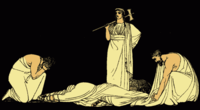
The ancient Greek play Agamemnon was written in 458 B.C.E by Aeschylus. It's the first play of trilogy, of three pieces dealing with the successive stages of a tragic story. The play is about the homecoming of Agamemnon, King of Argos, from the Trojan War. His wife Clytemnestra is waiting at home planning to murder him because of the decision that Agamemnon made, which was to sacrifice his daughter Iphigenia. Another reason for Clytemnestra's action is because of Agamemnon's absence from his daughter for ten years had corrupted her. She fell into a relationship with Agamemnon's cousin Aegisthus, who is trying to get revenge on him because he thought he should have been the one to take over the throne, not Agamemnon.
http://www.oxfordreference.com.ezp.lib.cwu.edu/views/ENTRY.html?subview=Main&entry=t9.e2047&category=
Work Cited
"Oresteia" The Concise Oxford Companion to Classical Literature. Ed. M.C. Howatson and Ian Chilvers. Oxford University Press, 1996. Oxford Reference Online. Oxford University Press. Central Washington University. 1 November 2010 <http://www.oxfordreference.com/views/ENTRY.html?subview=Main&entry=t9.e2047>
Getting Idea's From Other Sources
The wonderful thing about the present day is that we have access to many information for free. Whether it's looking up articles, news, music, history, pictures of places, people, etc. The technology we have today allows us to get that information in a matter of seconds. Another thing is that human kind has come so far already, that it is almost impossible to come up with something original. Even if you think it is original, it's most likely just a better creation of something that already exists.
In regards to theatrical plays, many plays that are being played right now is probably just another version of an existing play that was performed many years ago. But because it's been performed already, you have the ability to seeing how it was performed. Because of this, you have the option to taking the good things you liked and changing the things you didn't like in order to make it better and into your styled production.
http://www.youtube.com/watch?v=63OmAPgogwc
Work Cited
You Tube. Aeschylus Oresteia. Web. 1 Nov 2010. <http://www.youtube.com/watch?v=63OmAPgogwc>
In regards to theatrical plays, many plays that are being played right now is probably just another version of an existing play that was performed many years ago. But because it's been performed already, you have the ability to seeing how it was performed. Because of this, you have the option to taking the good things you liked and changing the things you didn't like in order to make it better and into your styled production.
http://www.youtube.com/watch?v=63OmAPgogwc
Work Cited
You Tube. Aeschylus Oresteia. Web. 1 Nov 2010. <http://www.youtube.com/watch?v=63OmAPgogwc>
Greek Furniture
Using the proper furniture and objects as mentioned before, can lead to an exact replication of the ancient Greek time period. Use of the correct items will match the rest of the production (clothes, accessories, music, etc.). It will make the production that much more realistic and accurate to what it probably would have looked like when the play was first performed back in the day.


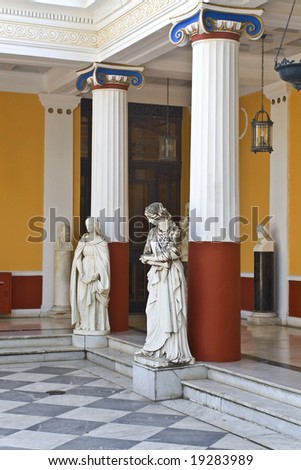
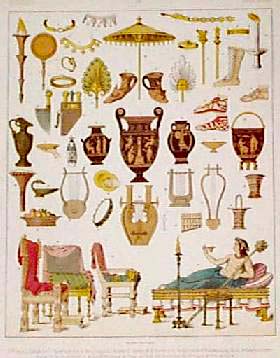
Work Cited
Google Images. Ancient Greek Furniture. Web. 1 Nov 2010. <http://www.bing.com/images/search?q=ancient+greek+furniture&go=&form=QBIR&qs=n&sk=&sc=1-23>




Work Cited
Google Images. Ancient Greek Furniture. Web. 1 Nov 2010. <http://www.bing.com/images/search?q=ancient+greek+furniture&go=&form=QBIR&qs=n&sk=&sc=1-23>
Ancient Greek Music
External sounds during a play can exaggerate moments/scenes to the fullest. Whether it would be just a few seconds, or a couple minutes, background music can be very appealing to the audience. It would draw their attention to the stage or possibly bringing them back to focus if the production had somehow lost their interest. Here again, using the appropriate music of that time period is key to bringing out the best of that era. Playing modern R&B or Rock would definitely not fit.
http://www.youtube.com/watch?v=cSaGjZKmEag
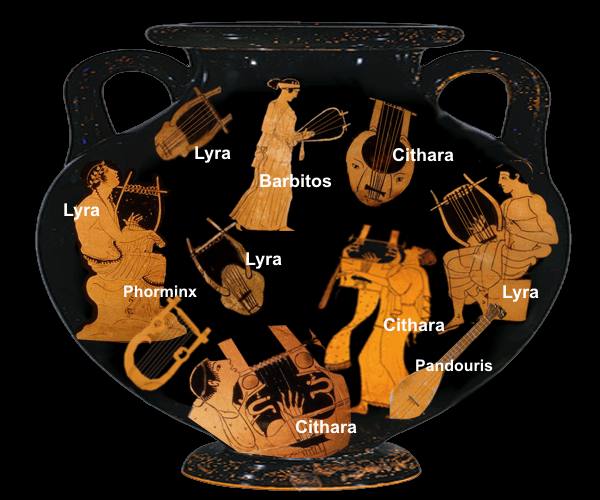
Work Cited
You Tube. Ancient Greek Music. 2007. Web. 1 Nov 2010. <http://www.youtube.com/watch?v=cSaGjZKmEag>
http://www.youtube.com/watch?v=cSaGjZKmEag

Work Cited
You Tube. Ancient Greek Music. 2007. Web. 1 Nov 2010. <http://www.youtube.com/watch?v=cSaGjZKmEag>
Pics of Greek Clothes
Knowing what type of clothing or accessories characters wore are crucial in bringing out the look of each character. Outdated clothing from the actual time period can miss lead the audience, providing them with false information. Some of this can lead to un-satisfaction, therefore bringing negative feedback towards the production.

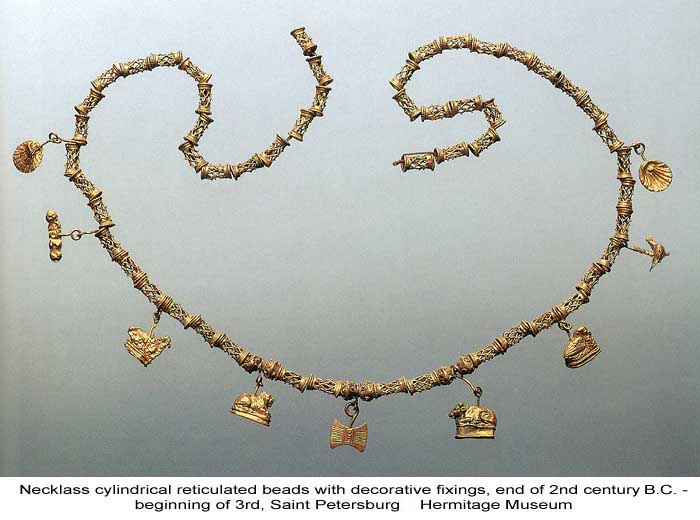



Work Cited
Bing Images. Ancient Greek Clothes. Web. 1 Nov. 2010 <http://www.bing.com/images/search?q=ancient+greek+clothes&go=&form=QBIR&qs=n&sk=&sc=8-16>





Work Cited
Bing Images. Ancient Greek Clothes. Web. 1 Nov. 2010 <http://www.bing.com/images/search?q=ancient+greek+clothes&go=&form=QBIR&qs=n&sk=&sc=8-16>
Pics of Ancient Argos
Pictures of ancient Argos/Greece are great examples to use in set production. A few of the pictures below are actual footage's of ancient Argos. With these and possibly many other pictures, we can recreate the location on to the stage of this production, providing the audience with the most accurate images of ancient Argos.





Work Cited
Bing Images. Ancient Argos Buildings. Web. 1 Nov. 2010 <http://www.bing.com/images/search?q=ancient+argos+buildings&go=&form=QBIR&qs=n&sk=>





Work Cited
Bing Images. Ancient Argos Buildings. Web. 1 Nov. 2010 <http://www.bing.com/images/search?q=ancient+argos+buildings&go=&form=QBIR&qs=n&sk=>
The Script of Agamemnon
The script is obviously one source that is needed in order to make the production. Using the script you can identify the characters, setting, lines, etc. Anything that is written in the script are I would say "directions or guidelines" in order to properly execute a production. Any clues that the author has given are details to make the new production that much similar to the original.
http://books.google.com/books?id=UgwqAAAAYAAJ&printsec=frontcover&dq=agamemnon+aeschylus&hl=en&ei=xYfOTPKoDorAsAOt3IiZDg&sa=X&oi=book_result&ct=result&resnum=7&ved=0CEoQ6AEwBg#v=onepage&q&f=false
Work Cited
Goodwin, W. W. Aeschylus: Agamemnon. American Book Co. 1906. Google Books. Web. 31 October 2010.
http://books.google.com/books?id=UgwqAAAAYAAJ&printsec=frontcover&dq=agamemnon+aeschylus&hl=en&ei=xYfOTPKoDorAsAOt3IiZDg&sa=X&oi=book_result&ct=result&resnum=7&ved=0CEoQ6AEwBg#v=onepage&q&f=false
Work Cited
Goodwin, W. W. Aeschylus: Agamemnon. American Book Co. 1906. Google Books. Web. 31 October 2010.
Notes on Agamemnon
A.S.F Grow did a review on Agamemnon. Ancient texts are often hard to decipher, Grow gave some opinions on a few sections/sub texts of this play. His inputs can become useful information in recreating this play in modern time. There are many things one might miss when reviewing something, so getting inputs from other people is definitely a plus.
"If we consider further the relation between Agamemnon's honour and the punishment of Paris, it is obvious that the relation is temporal rather than casual. Agamemnon has only been the most august of men since Paris paid the penalty; so long as he remained unpunished Agamemnon's reputation has been under cloud."
http://www.jstor.org.ezp.lib.cwu.edu/stable/pdfplus/635698.pdf
Work Cited
A.S.F. Grow. Cambridge University Press. 1914. Web. 31 2010 <http://www.jstor.org.ezp.lib.cwu.edu/stable/pdfplus/635698.pdf>
"If we consider further the relation between Agamemnon's honour and the punishment of Paris, it is obvious that the relation is temporal rather than casual. Agamemnon has only been the most august of men since Paris paid the penalty; so long as he remained unpunished Agamemnon's reputation has been under cloud."
http://www.jstor.org.ezp.lib.cwu.edu/stable/pdfplus/635698.pdf
Work Cited
A.S.F. Grow. Cambridge University Press. 1914. Web. 31 2010 <http://www.jstor.org.ezp.lib.cwu.edu/stable/pdfplus/635698.pdf>
Subscribe to:
Posts (Atom)














